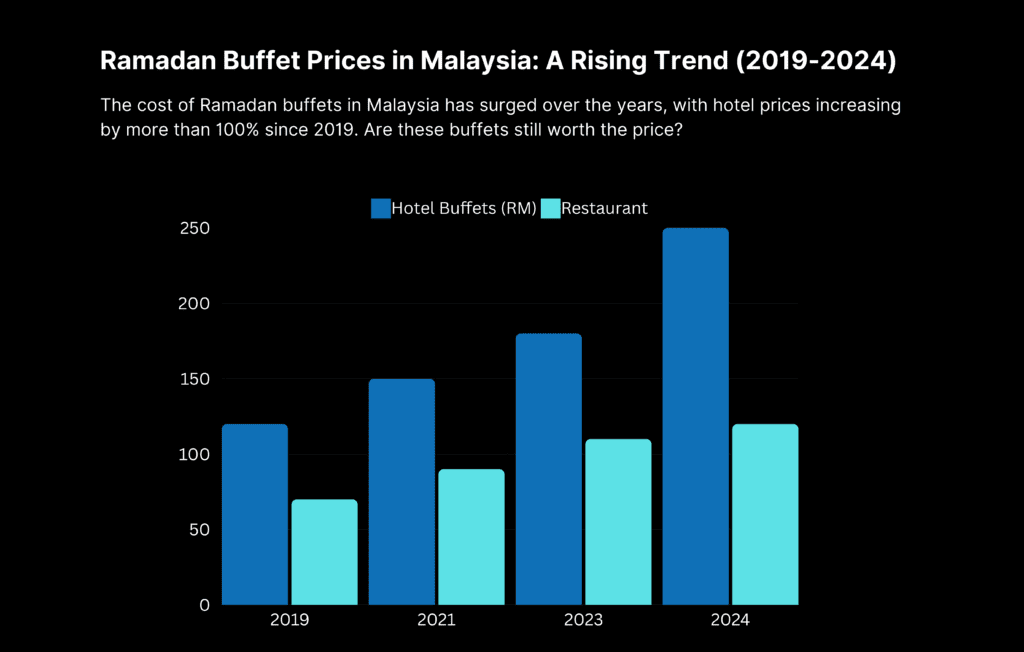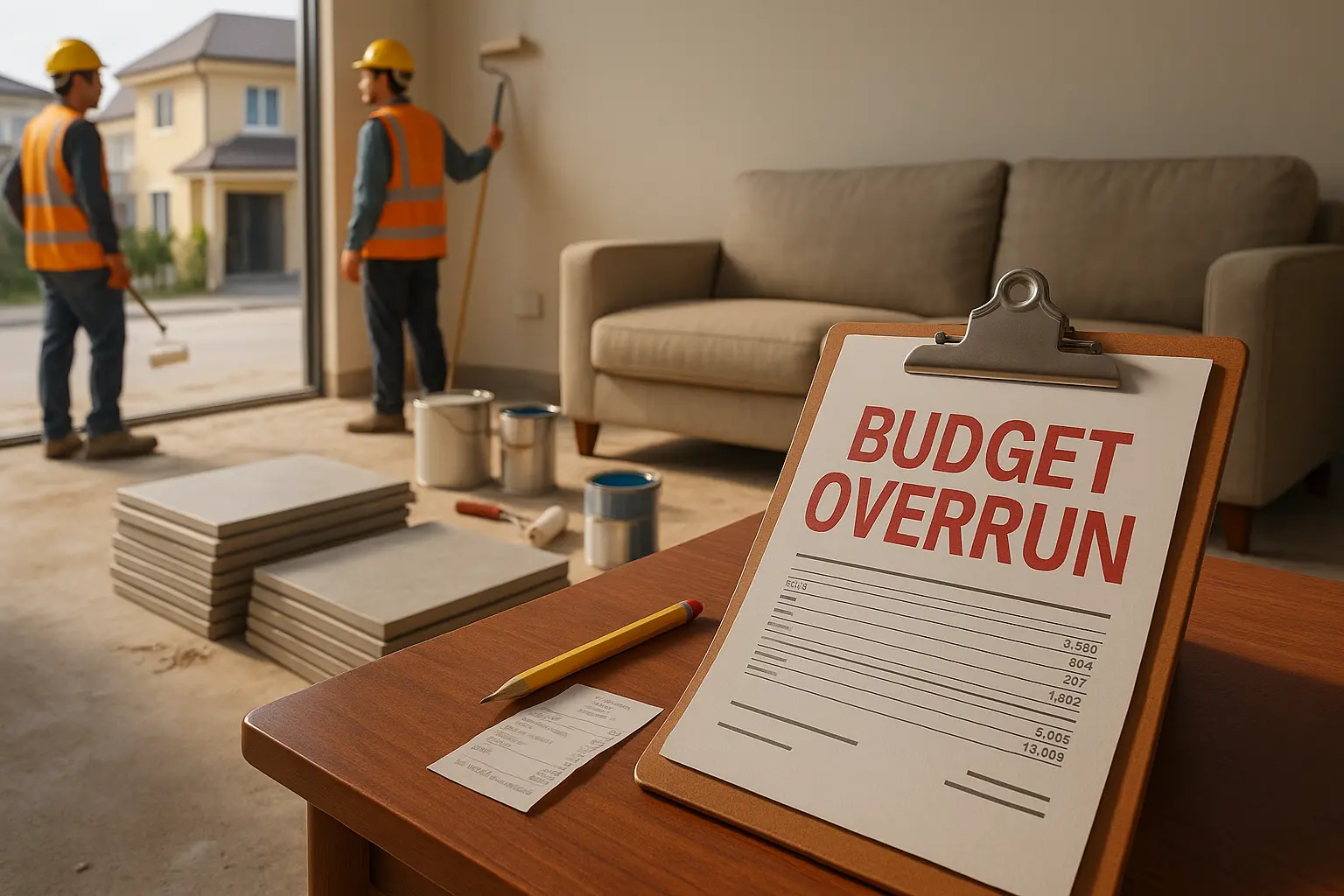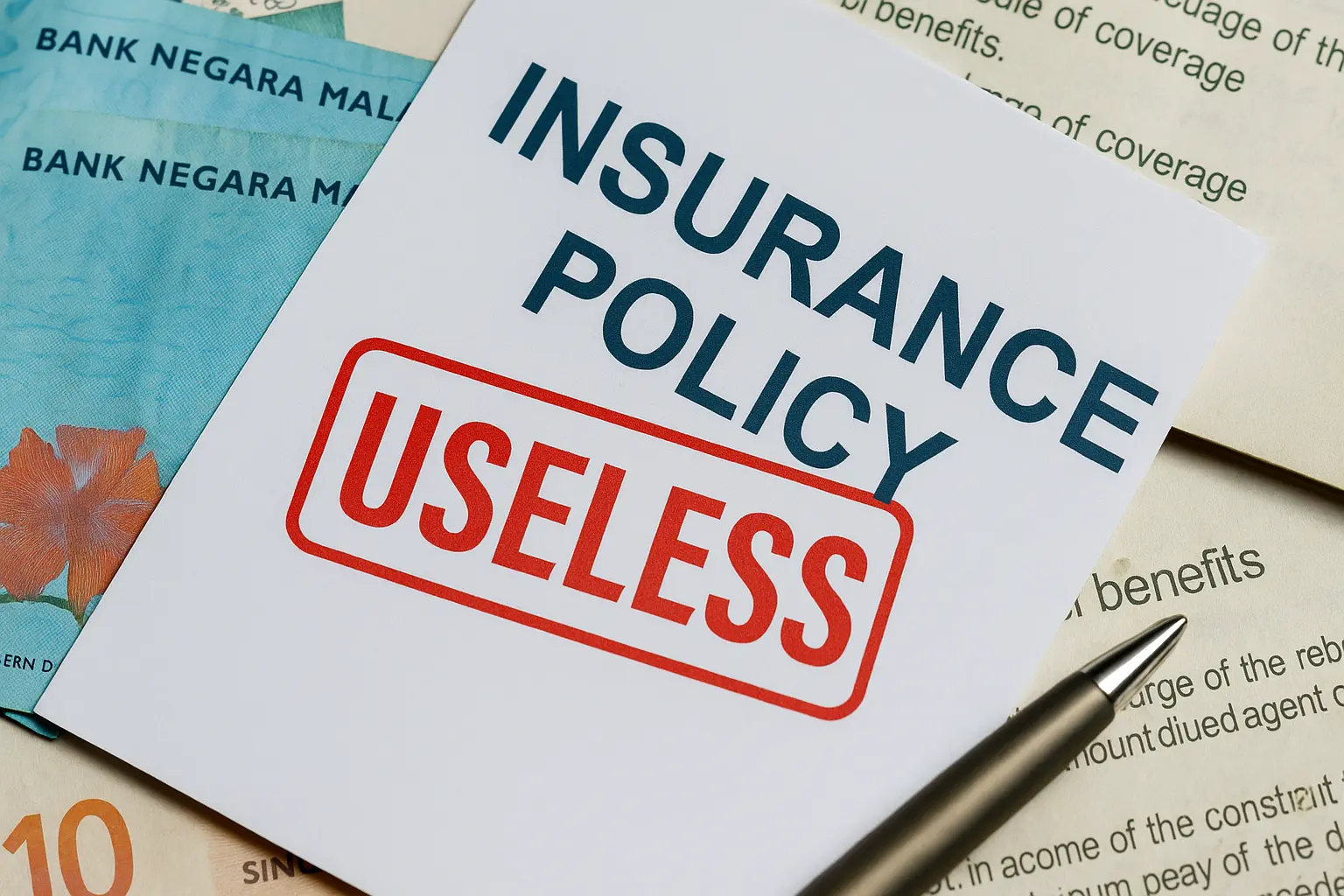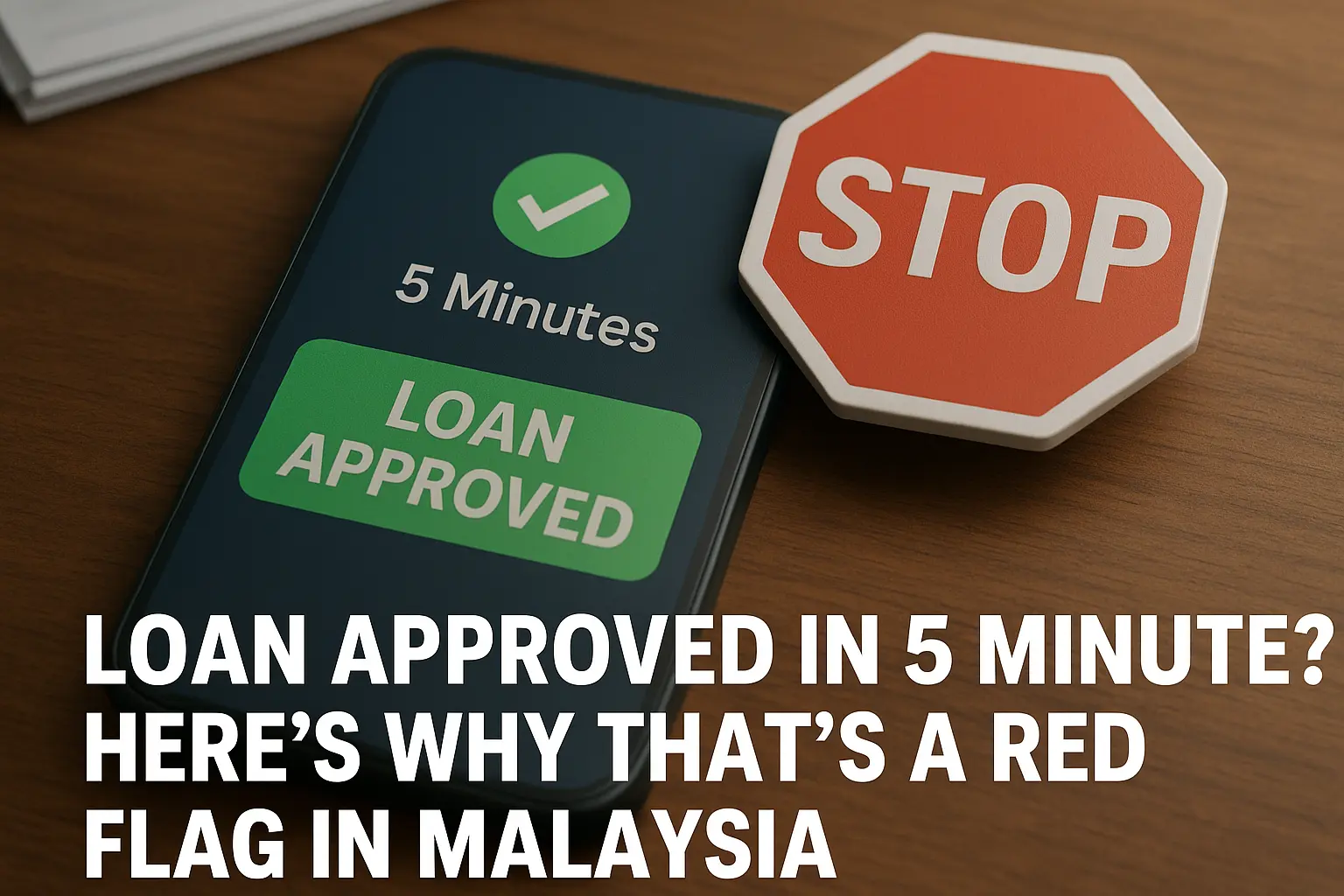Ramadan buffets have become a massive business in Malaysia. Every year, hotels and restaurants launch extravagant buffet spreads, with prices reaching RM300 per person or more.
But are these buffets really worth the price, or are Malaysians falling into a well-crafted marketing trap? The numbers may shock you.
The Exploding Cost of Ramadan Buffets in Malaysia
The cost of Ramadan buffets has skyrocketed over the past few years. Here’s how prices have changed:

Hotels justify these price hikes by offering “premium” items like lamb, seafood, and international cuisines, but the reality is very different.
The Truth About Ramadan Buffet Pricing
Ramadan buffets are designed to maximize profits, and here’s how they do it:
1. The Cost-to-Profit Ratio is Insane
Most people assume that they’re getting their money’s worth, but the real cost per meal is far lower than what you pay.
Here’s an estimated breakdown of a RM150 hotel buffet:
| Food Item | Actual Cost Per Person | Price You Pay |
| Chicken & Meat Dishes | RM15 | RM30 |
| Seafood (Limited) | RM10 | RM25 |
| Rice & Vegetables | RM5 | RM20 |
| Drinks (Cordials) | RM2 | RM15 |
| Desserts | RM5 | RM15 |
| Total Cost | RM37 | RM150 |
That’s a profit margin of over 400%.
While you may see premium food on the buffet table, the bulk of what you actually consume is cheap, mass-produced food like rice, pasta, vegetables, and simple curries.
2. Limited High-Value Dishes
Hotels advertise premium items like fresh seafood and grilled meats, but they know most people can’t eat large amounts of these expensive dishes.
- Seafood is limited – Expect long queues for items like prawns or oysters.
- Lamb & premium meats are slow-refilled – A common tactic is to serve these in small portions to control supply.
- Carb-heavy dishes fill you up faster – Rice, noodles, and bread are always abundant to limit how much expensive food you eat.
3. You Are Overpaying for Drinks
Many Ramadan buffets do not include premium drinks. You’ll often find:
- Artificial cordials instead of fresh juices.
- Soft drinks as add-ons, charging RM10–RM20 extra.
- Coffee & tea are sometimes separate charges, even at premium buffets.
Get FREE Bitcoin! Sign up for Luno today and receive FREE Bitcoin when you deposit & trade.
Claim Your Free Bitcoin Here
How Hotels & Restaurants Use Psychological Traps
Ramadan buffets aren’t just expensive – they use smart psychological tricks to make you think they’re worth it.
1. “Limited Time Only” & FOMO Marketing
Hotels use scarcity tactics to drive demand:
- “Only available during Ramadan” makes people feel pressured to book.
- “Limited seats! Book now!” triggers FOMO (fear of missing out).
- Early bird discounts create the illusion of savings, even though the regular price is already inflated.
2. Making You Feel Like You “Win”
Buffets make you feel like you’re getting a good deal, even when you’re not.
- You see a variety of food and assume it’s worth the price.
- You feel you can “eat your money’s worth,” but in reality, most people eat less than they think.
3. Strategic Food Placement
Buffets are designed to make you eat more of the cheapest food first:
- Carbs (rice, bread, noodles) are placed at the start to fill you up quickly.
- Expensive items (lamb, seafood) are further down the line, making you less likely to pile your plate with them.
- Desserts & fruits are displayed attractively, even though they are cheap to produce.
The Real Cost: Food Waste & Overeating
Ramadan is about moderation, but Ramadan buffets encourage waste and excess.
1. Food Waste is at an All-Time High
According to reports:
- Malaysia throws away 20,088 tonnes of food daily during Ramadan.
- 15%–20% of this waste comes directly from buffets.
Hotels don’t mind this because food wastage penalties (RM10–RM50 per 100g of leftovers) make them even more money.
2. Health Risks of Buffet Overeating
Overeating at buffets has long-term health consequences:
- Blood sugar spikes from high-carb, high-fat foods.
- Digestive discomfort from binge eating.
- Higher risk of weight gain & metabolic issues.
Many Malaysians fall into the trap of eating too much just to “get their money’s worth,” which often leads to health issues and medical costs later on.
Join thousands of Malaysians receiving expert advice on saving, investing, and financial planning every week.
Are There Cheaper & Better Alternatives?
If you still want a great meal without spending RM200+, here are some options:
1. Ramadan Set Meals at Restaurants
- Some restaurants offer Ramadan specials for RM20–RM50 per person, which are often fresher and better value than a buffet.
2. Smaller Buffets (RM50–RM100 Range)
- Many local restaurants offer buffets under RM100, often with food that’s just as good as hotel buffets.
3. Cooking at Home – The Best Value
- A home-cooked Ramadan meal costs RM10–RM20 per person and allows you to eat fresh, healthy food without waste.
Final Verdict: Are Ramadan Buffets Worth It?
Good if:
- You value the buffet experience and are willing to pay for variety.
- You can get early bird discounts or group deals.
- You don’t mind paying extra for the ambiance.
Not worth it if:
- You are looking for actual financial value.
- You eat normal portions (you’re better off at a regular restaurant).
- You want to avoid food waste & health risks.
Financial Tip: Instead of spending RM200+ on a buffet, consider investing or donating that money. You’ll get far more long-term value.
Would you still go for a Ramadan buffet after knowing these financial truths?
Check out this guide on how to legally reduce your taxes and save more money in Malaysia: Malaysia Tax Hacks 2025







One thought on “Overpriced Ramadan Buffets in Malaysia? The Hidden Truth You Need to Know”